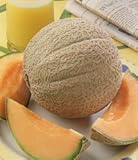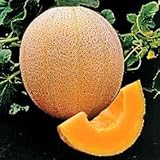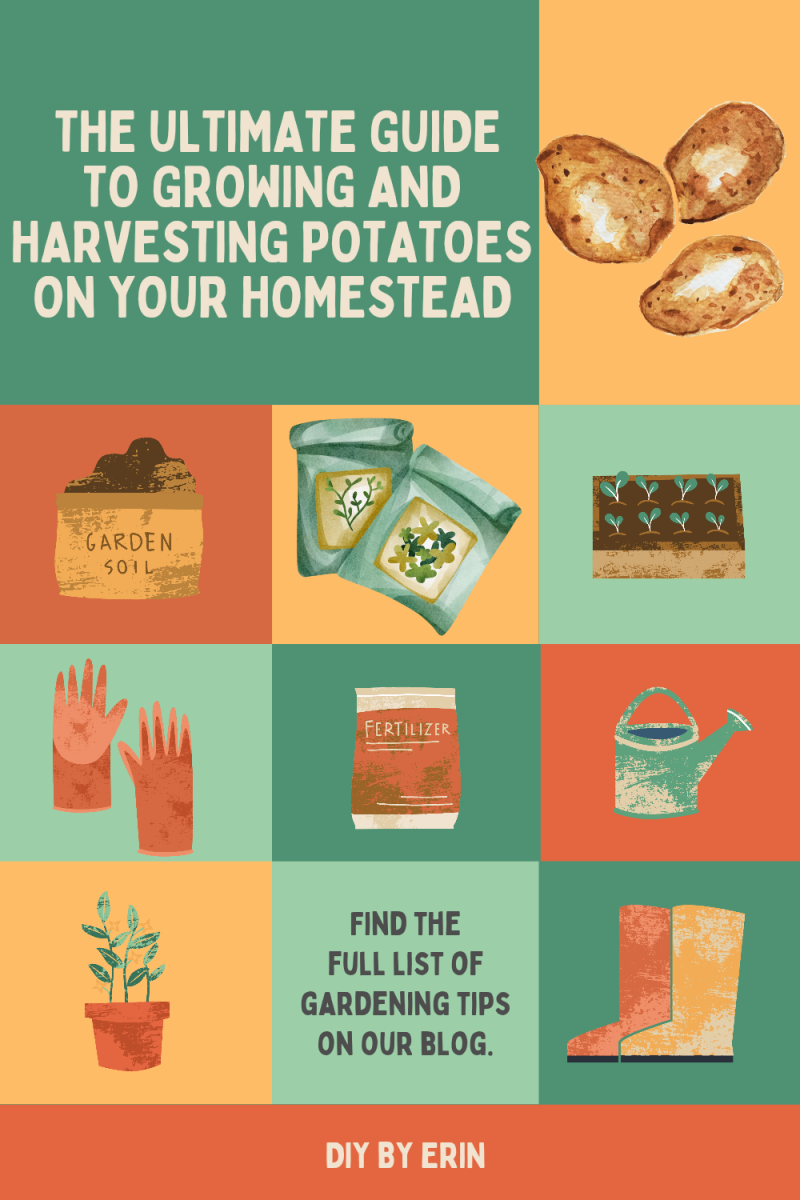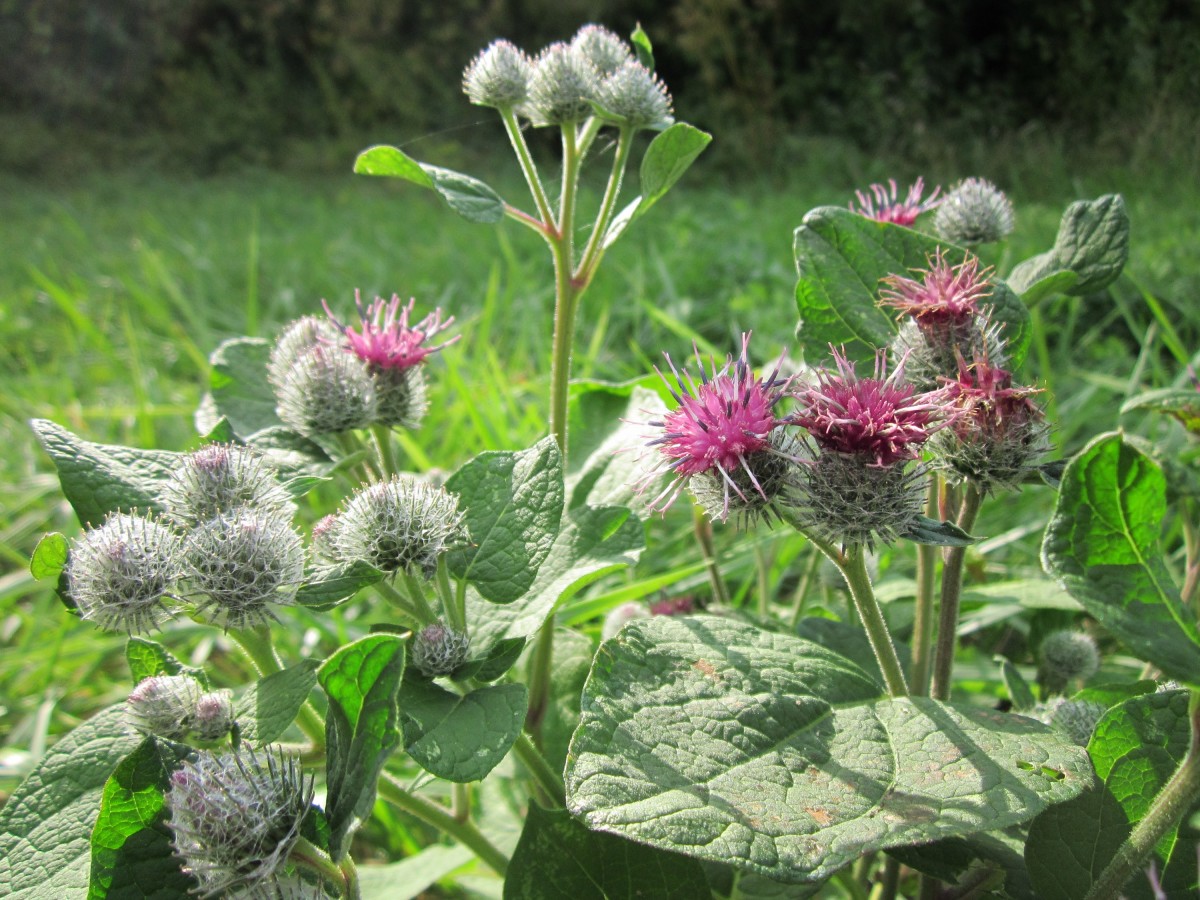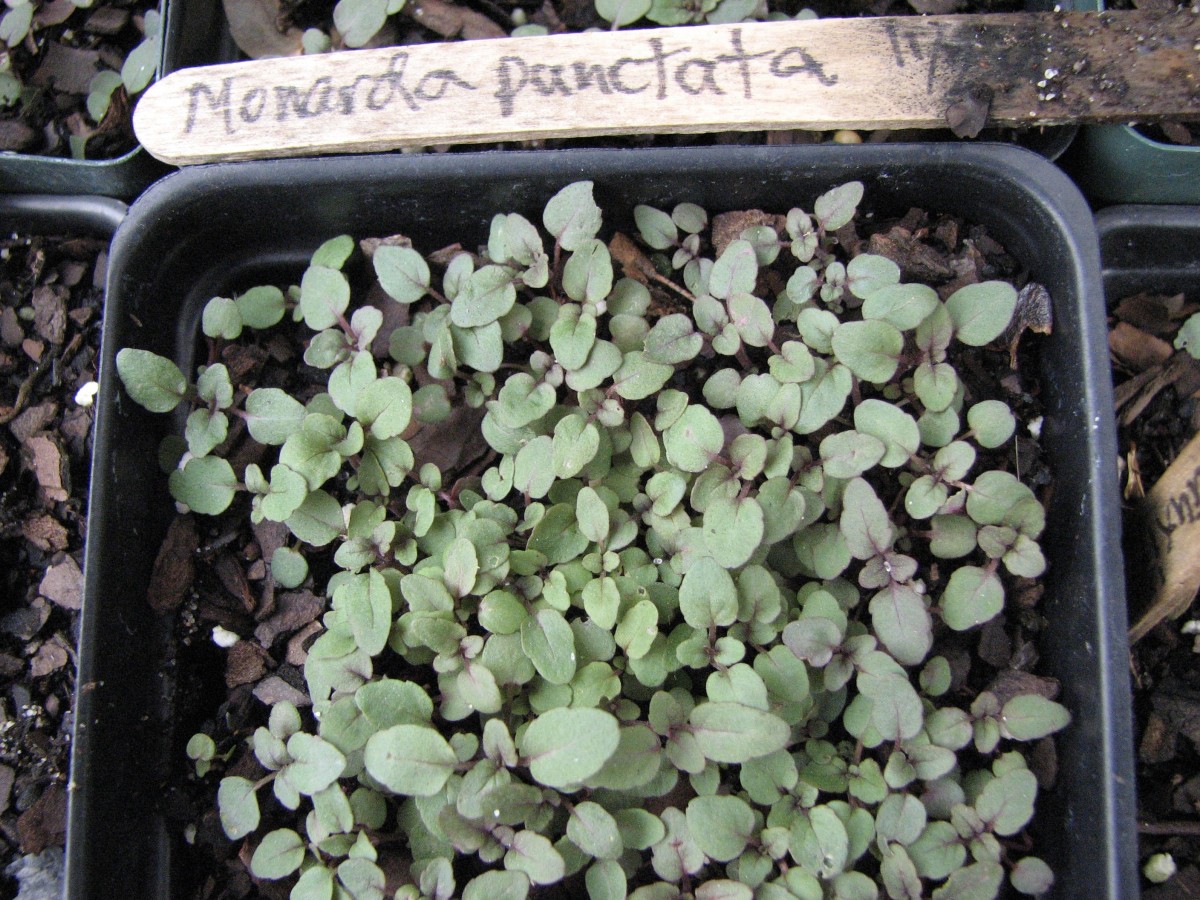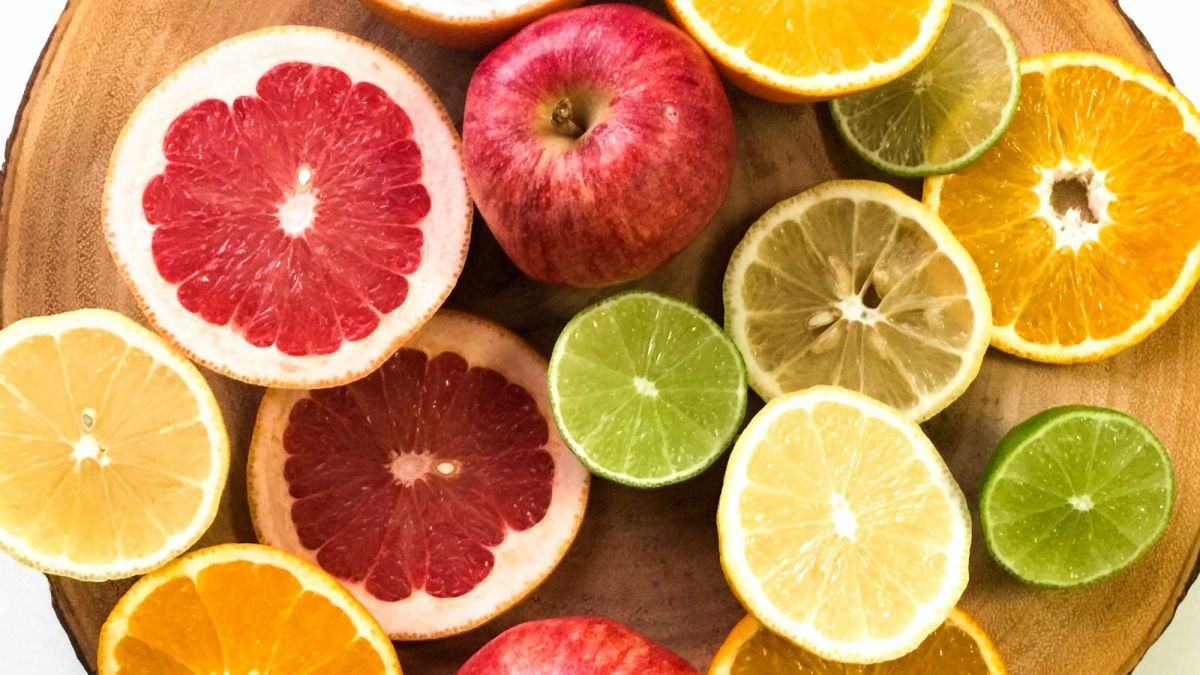Growing Tips for Cantaloupe or Muskmelon
Cantaloupe or Muskmelon?
Cantaloupes, or is it muskmelons(?), are a highly sought after plant for many home gardeners, because it produces fantastic fruit when it ripens and if it is picked at the right time. The majority of us remember that highly anticipated first bite of the fruit when it is about to mature in the summer.
It's interesting in the United States that what we call a cantaloupe is in reality a muskmelon, and I doubt if anytime soon we'll convinced otherwise that it's not accurate, although those that are aware of these things know the difference.
For the purpose of this article and my largely American audience, we'll continue to use the word cantaloupe as we look into how to successfully propagate the plant for its great-tasting fruit.
Also of interest, is in the United States there never has been a major commercial growing of what is the real cantaloupe, which is rougher and more warty; not that appealing overall to consumers.
As mentioned, for purposes of clarity, we'll continue to identify it as a cantaloupe in name, understanding what it really is.
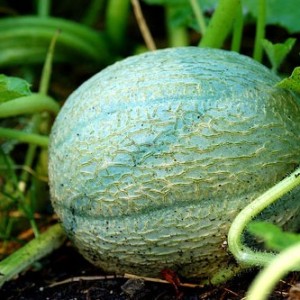
Cantaloupe Varieties
Among the numerous cantaloupe varieties, they can take anywhere from about 68 days to about 100 days to ripen.
For example, one variety called Earlisweet will mature in close to 68 days, and weighs in at about two to three pounds.
Limelight on the other hand, is a variety which takes almost 100 days before it's ready, and will weigh from seven to eight pounds. There is a little bit of everything in between the two.
There are also bush hybrids which have been designed for those with little available space, such as Bush Star, which produces fruits of about two pounds on average in around 88 days.
Morning Dew is another variety that takes about 100 days to mature. This is among the larger ones - a honeydew - and weighs up to 12 pounds.
Other types are resistant to certain diseases, while others are grown for different textures and different colored flesh.
When to Plant Cantaloupe
Planting cantaloupe too soon can adversely affect the plant because of lower germination rates if you start them from seed. Transplants would also slow down significantly if placed out too soon.
Waiting until the soil temperature is at least 60°F for outdoor seeding is the best time to starting sowing cantaloupe seed to achieve better germination rates. Don't plant seeds or transplants until all dangers of frost are gone. Also be sure the soil is dry, as the seeds could easily rot.
Jumbo Cantaloupe Seed
Transplants or Seeds?
For southern gardeners, whether you use seeds or transplants as the method for planting cantaloupes, isn't as important or significant as it is to northern gardeners, other than getting your melons off to a quicker start.
Some areas of the country almost have to have transplants be the method of sowing cantaloupe, as the short season may prohibit using seed. Using a faster-maturing plant is another option that must seriously be considered.
Starting seed for transplants about three weeks to a month before you will plant works well. It does no good to seed before then because you don't want them too large when you transplant or they'll produce much smaller fruits or could take much longer than usual to mature.
Cantaloupe should be seeded individually because they don't do well when transplanted if the roots have been disturbed or damaged in any way.
Vegetable Garden - Planting Cantaloupe
How to Plant Cantaloupe
Cantaloupe seed can be planted anywhere from a half inch deep to an inch deep.
Sow several seeds in a hill and thin them out to about 18 inches to 24 inches apart. Rows should be a minimum of five feet apart.
For transplants simply put them in similar placement, being careful to disturb the roots as little as possible, as cantaloupe are sensitive to that, which could result in poor fruit.
Cantaloupe Care
One of the most powerful tools to use to enhance cantaloupe production is the use of plastic mulch.
Growing your cantaloupe on plastic mulch not only boost production wildly, but also can shorten the time to maturity. Once the soil is in good condition, lay it down before you seed or transplant your melons.
All you do is put holes in the plastic where you're going to put your transplants or seeds.
In commercial enterprises, cantaloupe grown using black plastic mulch produced 6,000 to 12,000 fruits per acre, while those grown directly on the ground produced 2,000 to 5,000 melons per acre. With smaller melons 20,000 fruits are possible using this method.
This of course assumes you're also doing the other things correctly.
Black plastic of course lessons the need to cultivate except right around the openings of the plastic where the weeds will grow because of the light, water, and opening.
As for irrigation, soaker hoses or a similar trickle method underneath the plastic is the best.
Early in the season you may also want to use row covers to protect from the cold winds of spring. You would have to remove those as it warms up and pollination time nears. They also protect against insects when the plants are younger.
Watch your soil moisture carefully, especially when when the plant is vining out and the fruits are in the development stage. Cantaloupe don't respond well to swings in soil moisture; whether it's too wet or drought conditions.
Fertilizing Cantaloupe
Cantaloupe respond well to mixing well-rotted manure into the soil before you plant them.
Once the plant starts to grow, a regular fertilizer regimen works fine. When they start to vine out, at that time using a fertilizer high in nitrogen will help the plants immensely.
They also respond well to potassium, which is a major part of the ripening and sweet taste of the melons. Melons which are low in sweetness, but have ripened, more than likely were low in potassium. Just add some throughout the growing season to make sure they taste great.
Harvesting Cantaloupe
Harvesting cantaloupe is all about knowing when they are truly ripe so you can pick them when the sugar content is optimal so you get the best flavor out of it.
We've all bought the store cantaloupes which were so tart and tasteless we had to console ourselves by saying they were at least good for you.
You know cantaloupe are ripe when you see the rind, over time, change from a green to a tan to a yellowish color between the netting.
The time to pick them is when the stem is at "half-slip" or "full- slip" stages, which means with the latter that it is very easy to separate from the vine. For the full-slip development stage, the fruit separates completely.
When it reaches these stages you should start to see a crack where the fruit attaches to the vine.
Be patient as this time approaches because once the cantaloupe is detached, it no longer increases its sugar content, even though it continues to soften.
At full-slip is when the fruit is ripened to its fullest potential. At that point it needs to be either cooled or consumed or it'll quickly lose its quality.
Harvesting in the early part of the day is the best time to gather them up.
For crenshaw or honeydew varieties, they don't slip or crack when they mature. Maturity is identified with them when they turn totally yellow. At that point they can be harvested. Another way to identify when they're at their ripening peak is when the blossom end is soft to the touch.
These two types actually do improve after you harvest them if you store them at room temperature for several days.
Once they all start to ripen check every day as insects and other wildlife will want to feast on the sugary, softened fruits.
How to Tell when Your Cantaloupes are Ripe
Storing Cantaloupe
For short-term storage of cantaloupe it's a good idea to let it sit out in order to encourage it get softer and juicier. As mentioned above, that won't change the sugar content of the melon, as once it's removed from the vine it stops the process.
If it is ripe though, that extra little time will make it a touch of heaven when you bite into it.
Bear in mind that if you leave a cantaloupe out at room temperature, only do it if it isn't cut or hasn't reached the final stage of ripeness. At that point it needs to be refrigerated.
For cut melons, be sure to wrap them to keep the ethylene gas released from the fruit from impacting other fruits and vegetables in the refrigerator.
Risk of Salmonella contamination is inherent in leaving cut cantaloupe out at room temperature. Even though some public health organizations allow for up to four hours at room temperature for a cut cantaloupe, I don't trust their assessment (look at the food pyramid) and will never leave it out if I'm not eating it at the time.
Dehydrating cantaloupe is one way to safely store it over the long term, and much of the sweetness and value is retained.
Cantaloupe
Cantaloupe are a great seasonal fruit to grow, as they're not only tasty, but are loaded with nutritional value, including being packed with antioxidants.
They aren't overly difficult to grow, and if gardeners follow best practices concerning them, they will be rewarded with an extraordinary taste experience that has few equals.
I, for one, can't wait to sink my teeth into one and baptize my palette with the delicious, sweet, juicy fruit of this luscious melon.

